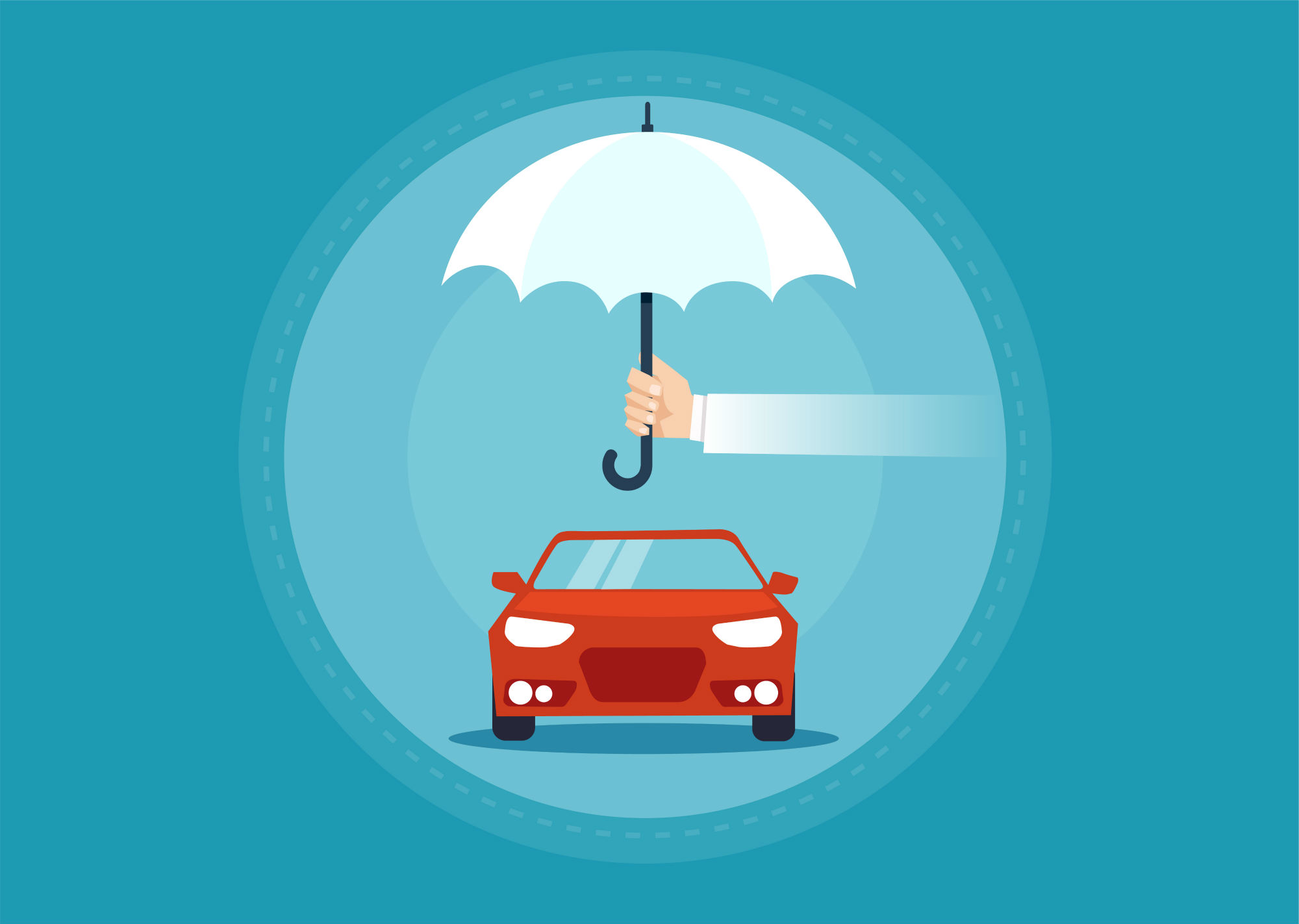
Today there are about 270 million registered cars in America. And out of that number, there were over 4 million cars involved in an accident resulting in property damage. The odds that you’ll eventually be in a crash—even if you’re a great driver—are pretty high over the course of your lifetime.
Many people may have heard about full coverage car insurance before but didn’t understand what it would mean for them and their vehicles. Here’s what you need to know.
Breaking it Down
What people usually mean when they say “full coverage insurance” is a range of insurances that, when purchased together, protect you from liability. Many car insurance companies today are happy to bundle the different coverages together. So what do they usually include?
Liability Coverage
This insurance is required by law in most states, and it is required in most states today, and it essentially pays for damages to people and to property up to the limits chosen if you are found to be at fault. Important to review your limits as you can purchase higher limits if needed. It is not uncommon that higher limits of coverage cost less than the lower limits.
Comprehensive or Other Than Collision coverage
Comprehensive coverage applies to losses from things like glass, fire, hail, deer running into the road, and theft. Typical deductibles are $100, $250 or $500. Some carriers will allow you to purchase a waiver of deductible for glass losses.
Collision Coverage
If your car skids on ice and hits a fence, or hits another car, you’ll want your insurance to cover the cost of repairs. Collision insurance is useful for cases where you may not be at “fault,” but there’s no one else that can be held responsible for the bill or if your car is hit by someone without insurance. Typical deductibles are $250 or $500. As your vehicles get older you might consider removing this coverage for premium savings.
Medical Expense Coverage
Medical expense coverage can be added and in many states is mandatory to your plan in order to cover you for any injuries you sustain. This coverage unlike the liability coverage mentioned above does not need to show negligence.
Uninsured Motorist Insurance
Unfortunately, there is a small minority of people (national average 14%) who continue to drive on the road despite not having insurance, and this coverage will be paid even if the other driver cannot cover the costs and they were negligent. Select these coverage limits carefully as oftentimes to reduce premium these limits are not the same as your bodily injury limits.
Rental Reimbursement
Most people need their car for everyday activities, so when their car is in the shop, it helps to have rental reimbursement in place. Your insurance company will cover the cost of the rental car until your damaged car is fully repaired but typically not longer than 30 days.
When it comes to your car insurance, what types of coverage do you feel are important to prioritize and always have? Contact the team at Foy Insurance today to help you navigate which coverages are best for your situation.
